Overview
India, a land of diverse cultures, vibrant traditions, and breathtaking landscapes, offers an array of experiences that cater to every type of traveler.
From the majestic forts and palaces of the north to the serene backwaters of the south, India’s rich tapestry of history and culture makes it an irresistible destination.
In this blog, we’ll explore the 15 best places to visit in India, each unique in its own right, and provide you with essential tips to make your journey memorable.
Table of Contents
1. Taj Mahal, Agra
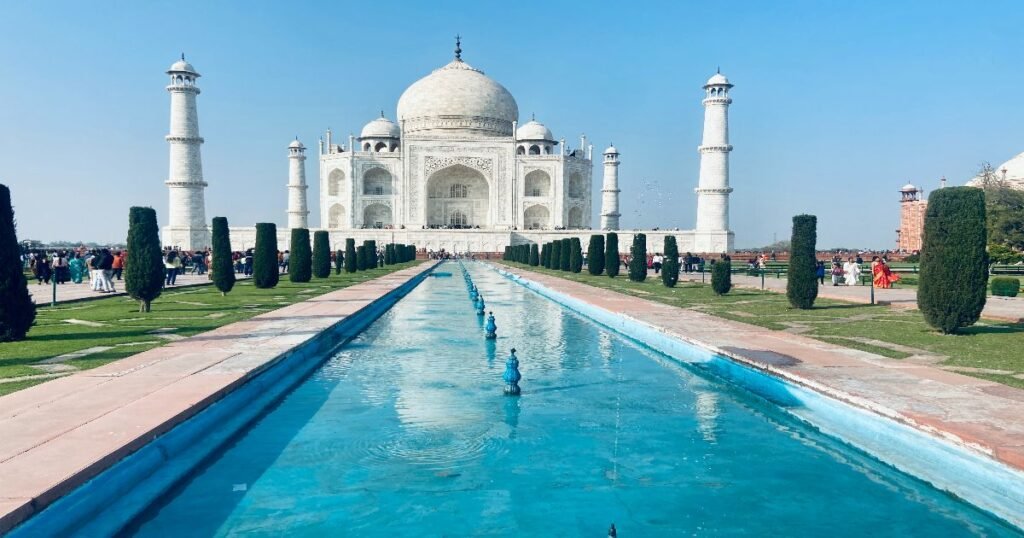
The Taj Mahal, often referred to as the “Crown of India,” is an iconic symbol of love and one of the most recognizable structures in the world. Built by Mughal Emperor Shah Jahan in memory of his wife Mumtaz Mahal, this white marble mausoleum is a masterpiece of Mughal architecture.
Historical and Cultural Significance: Completed in 1653, the Taj Mahal is a UNESCO World Heritage Site and is celebrated for its stunning symmetry and intricate carvings.
Unique Features: The Taj Mahal’s pristine white marble, adorned with precious stones, changes color throughout the day, reflecting the changing light and creating a mesmerizing visual experience.
Best Time to Visit: The best time to visit the Taj Mahal is between October and March when the weather is cooler and more pleasant.
Travel Tips:
- Transportation: Agra is well-connected by train and road from Delhi and other major cities. The closest airport is in Agra, but many travelers opt to fly into Delhi and take a car or train.
- Accommodation: There are various hotels in Agra ranging from budget to luxury. Booking in advance is recommended.
- Local Customs: Dress modestly, as a mark of respect. Bags and large items are not allowed inside the Taj Mahal, so be prepared for security checks.
2. Jaipur’s Amber Fort, Rajasthan
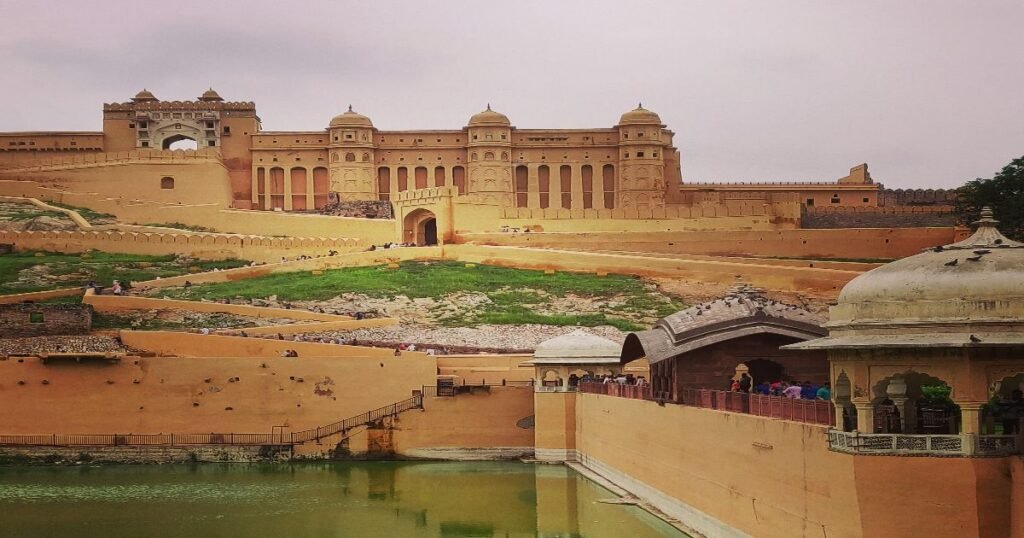
Amber Fort, also known as Amer Fort, is a stunning blend of Hindu and Rajput architecture. Located in the pink city of Jaipur, this fort offers a glimpse into the opulent lifestyle of the Rajput rulers.
Historical and Cultural Significance: Constructed in the late 16th century by Raja Man Singh, the Amber Fort is a testament to the grandeur of the Rajput era.
Unique Features: The fort is renowned for its beautiful courtyards, intricate mirror work in the Sheesh Mahal (Mirror Palace), and stunning views of the surrounding landscape.
Best Time to Visit: Visit between October and March when the weather is cooler and more comfortable.
Travel Tips:
- Transportation: Jaipur is well-connected by air, train, and road. The Amber Fort is about a 30-minute drive from the city center.
- Accommodation: Jaipur offers a range of accommodations from luxury hotels to budget guesthouses.
- Local Customs: Respect the cultural heritage and avoid touching or leaning against the ancient walls and artworks.
3. Qutub Minar, Delhi
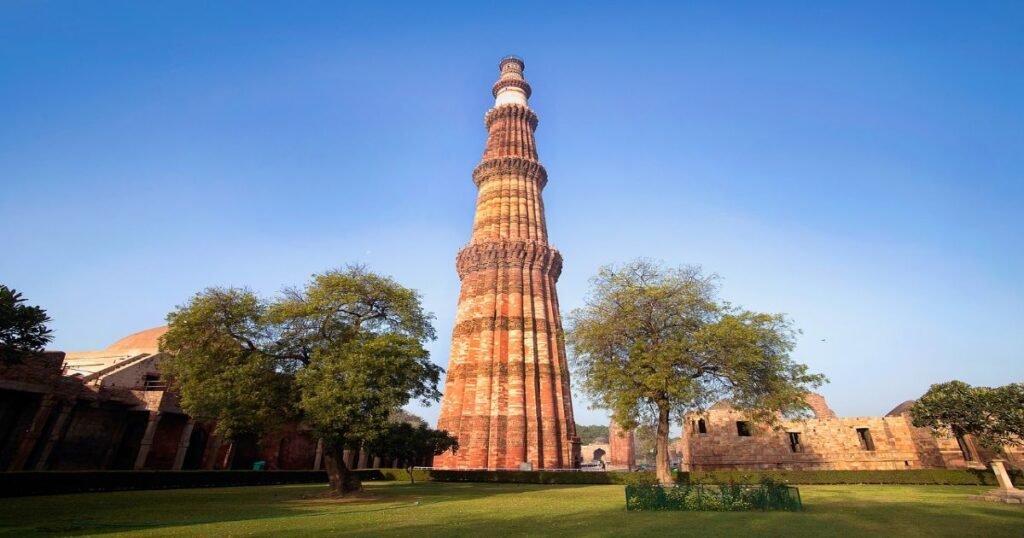
The Qutub Minar is a towering 73-meter-high minaret and a UNESCO World Heritage Site. Located in Delhi, it is one of the finest examples of early Indo-Islamic architecture.
Historical and Cultural Significance: Built-in 1193 by Qutb-ud-din Aibak, the Qutub Minar is a victory tower that marks the beginning of Muslim rule in India.
Unique Features: The minaret is made of red sandstone and is adorned with detailed calligraphy and geometric patterns. It is surrounded by the Qutub complex, which includes ancient mosques and tombs.
Best Time to Visit: Visit between October and March to enjoy pleasant weather.
Travel Tips:
- Transportation: Delhi’s metro system connects to the Qutub Minar, making it easily accessible. Taxis and auto-rickshaws are also available.
- Accommodation: Delhi has a variety of accommodation options catering to different budgets.
- Local Customs: Maintain a respectful demeanor while exploring the historical site, and follow local regulations regarding photography.
4. Goa’s Beaches
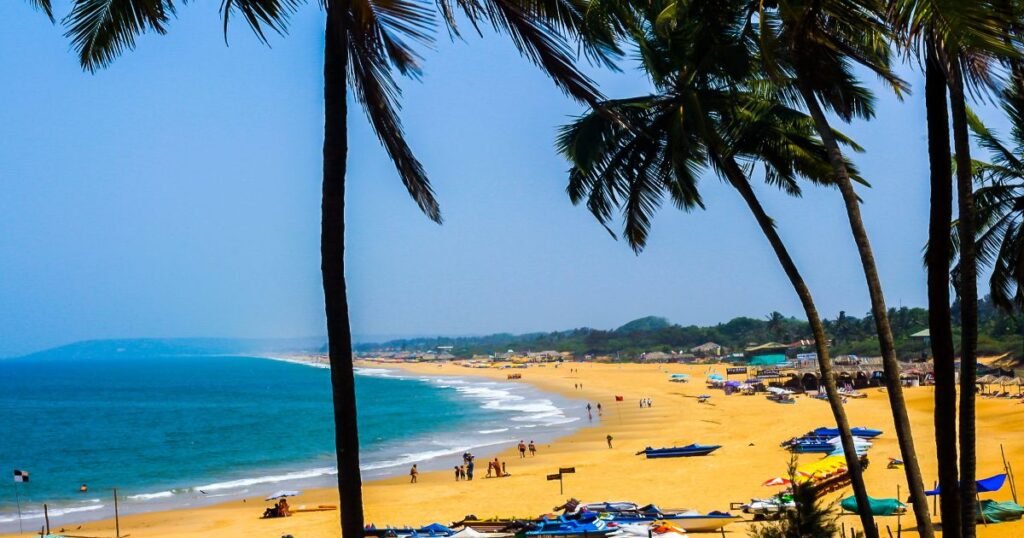
Known for its golden sand beaches, vibrant nightlife, and laid-back atmosphere, Goa is a tropical paradise on the western coast of India.
Historical and Cultural Significance: Goa’s beaches have been shaped by Portuguese influence, evident in the region’s architecture and cuisine.
Unique Features: Each beach in Goa has its own charm—Anjuna and Vagator are known for their lively parties, while Palolem and Agonda offer a more tranquil escape.
Best Time to Visit: November to March is the best time to visit for pleasant weather and vibrant beach activities.
Travel Tips:
- Transportation: Goa has an international airport, and local transportation includes taxis, scooters, and rental cars.
- Accommodation: From luxury resorts to budget hostels, Goa offers a wide range of accommodation options.
- Local Customs: Respect local traditions and dress modestly when away from the beach.
5. Varanasi’s Ghats, Uttar Pradesh
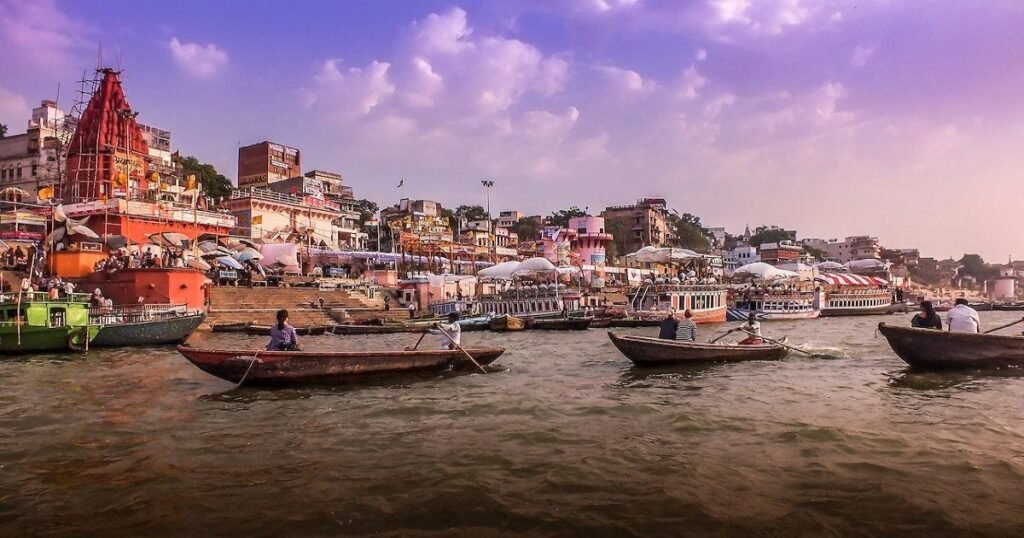
Varanasi, one of the oldest continuously inhabited cities in the world, is a spiritual heartland located on the banks of the Ganges River. The city is renowned for its ghats, or riverfront steps, which are central to Hindu rituals and ceremonies.
Historical and Cultural Significance: The ghats of Varanasi have been a focal point of religious and cultural life for centuries and hold immense significance in Hindu culture.
Unique Features: The ghats come alive with colorful rituals, including the Ganga Aarti, a mesmerizing evening ceremony with fire, music, and chants.
Best Time to Visit: October to March is the best period to avoid the intense heat and monsoon rains.
Travel Tips:
- Transportation: Varanasi is accessible by train, air, and road. Local rickshaws and taxis are available for getting around the city.
- Accommodation: There are numerous hotels and guesthouses in Varanasi, ranging from budget to luxury.
- Local Customs: Be respectful of religious practices and avoid disrupting ceremonies. Photography may be restricted in certain areas.
6. Mysore Palace, Karnataka
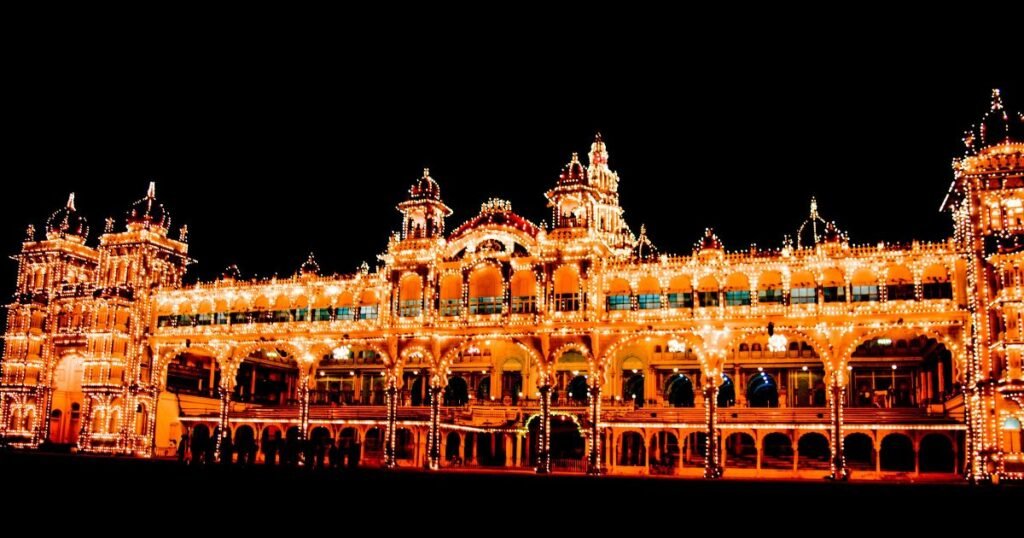
Mysore Palace is an architectural gem located in the city of Mysore. This grandiose palace is a fine example of Indo-Saracenic architecture and was the residence of the Wadiyar dynasty.
Historical and Cultural Significance: The palace, built in the 14th century and later renovated in the early 20th century, reflects the opulence of the Wadiyar rulers. It is a significant cultural landmark and a center of the Dussehra festival celebrations.
Unique Features: The palace is renowned for its intricate carvings, stained glass windows, and the stunning golden throne.
Best Time to Visit: October to March offers pleasant weather for exploring the palace and city.
Travel Tips:
- Transportation: Mysore is well-connected by road and rail from Bangalore. Local transport options include taxis and auto-rickshaws.
- Accommodation: Mysore offers a range of accommodation options from budget stays to luxury hotels.
- Local Customs: Dress modestly and remove shoes before entering the palace.
7. Kerala Backwaters
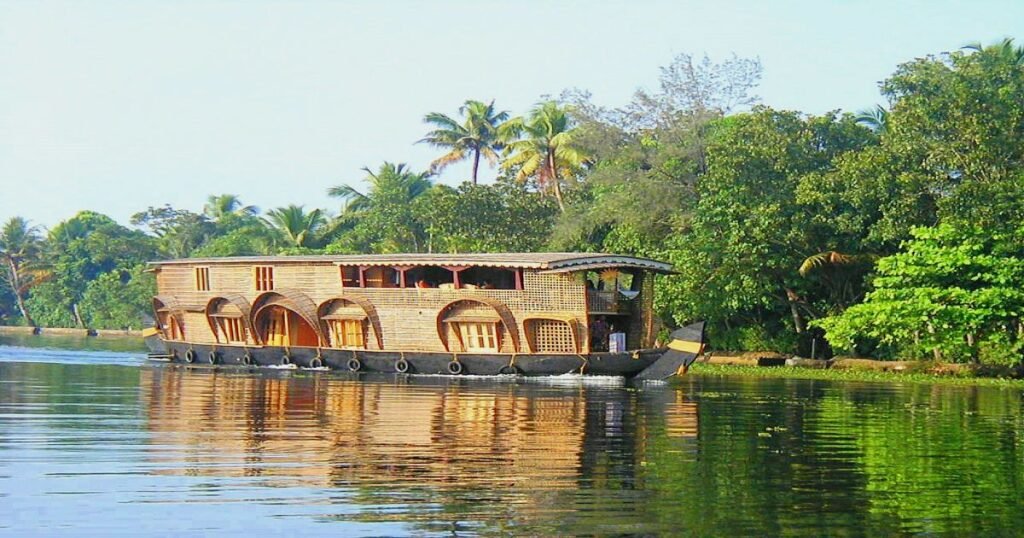
The Kerala Backwaters are a network of serene lagoons, lakes, and canals located in the southwestern state of Kerala. This region is famous for its tranquil houseboat cruises and lush landscapes.
Historical and Cultural Significance: The backwaters have been an integral part of Kerala’s economy and culture for centuries. They are used for transportation, fishing, and agriculture.
Unique Features: A houseboat cruise through the backwaters offers a unique perspective of rural life in Kerala, with opportunities to see traditional villages, paddy fields, and diverse wildlife.
Best Time to Visit: October to March when the weather is cooler and more comfortable.
Travel Tips:
- Transportation: Kochi and Alleppey are popular starting points for houseboat cruises. Local transport includes taxis and ferries.
- Accommodation: There are various houseboat options and luxury resorts along the backwaters.
- Local Customs: Respect local traditions and maintain cleanliness, especially around water bodies.
8. Meenakshi Temple, Madurai
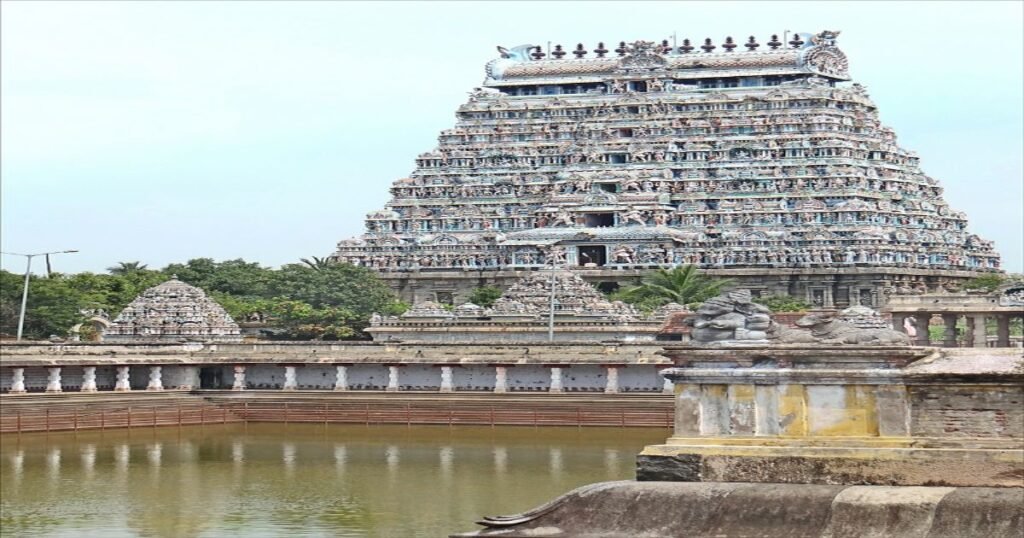
The Meenakshi Temple in Madurai, Tamil Nadu, is one of the most spectacular architectural marvels of South India. Dedicated to Goddess Meenakshi (an avatar of Parvati) and her consort Lord Sundareswarar (Shiva), the temple is a vibrant center of Tamil culture, spirituality, and history.
Historical and Cultural Significance: The temple dates back to the early 6th century, but much of what stands today was constructed during the reign of the Nayak dynasty in the 16th century.
Unique Features: The temple is renowned for its towering gopurams (gateway towers), intricately carved and adorned with thousands of vibrant sculptures depicting Hindu deities, mythological scenes, and intricate geometric patterns. The central hall, the Thousand Pillar Hall, is an architectural masterpiece.
Best Time to Visit: October to March as the weather is cooler and more pleasant for sightseeing.
Travel Tips:
- Transportation: Madurai is well-connected by road, rail, and air. The Madurai International Airport is just a short drive from the city center.
- Accommodation: Madurai has a range of accommodations, from budget guesthouses to luxurious hotels.
- Local Customs: As a sacred site, visitors are expected to dress modestly, covering shoulders and legs. Shoes must be removed before entering the temple, and photography inside certain parts of the temple is restricted.
9. Ranthambore National Park, Rajasthan
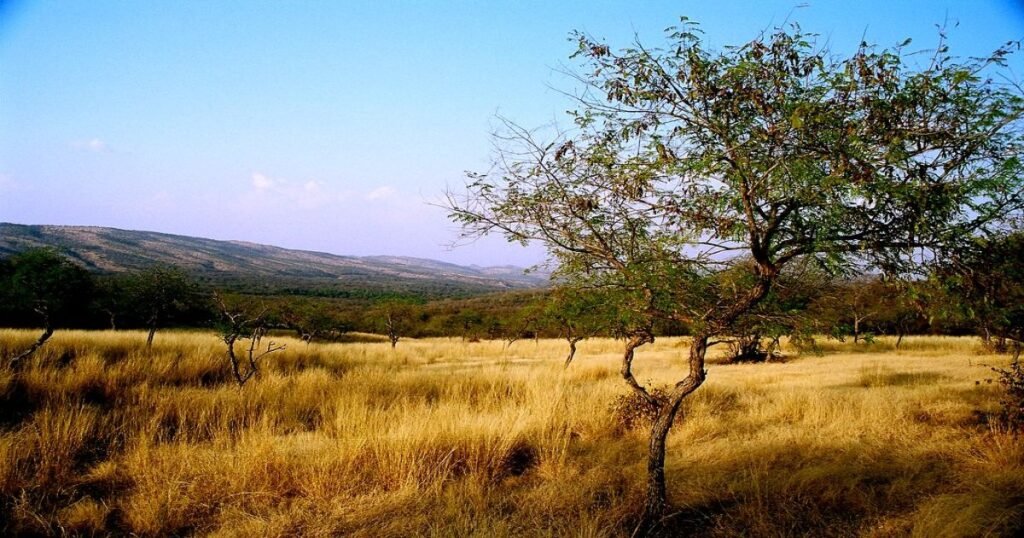
Ranthambore National Park, located in Rajasthan, is one of India’s most renowned wildlife sanctuaries, celebrated for its efforts in tiger conservation and its rich biodiversity. .
Historical and Cultural Significance: Established in 1955 as a game sanctuary and later declared a national park in 1980, Ranthambore is also known for the historic Ranthambore Fort.
Unique Features: Spanning over 1,300 square kilometers, the park offers a unique glimpse into the wild world of India’s flora & fauna, and offers opportunities to spot Bengal tigers in their natural habitat.
Best Time to Visit: October to March when the weather is cooler and more comfortable for safaris. The park is closed during the monsoon season from July to September.
Travel Tips:
- Transportation: Ranthambore is accessible by road and rail from Jaipur, which is about 180 kilometers away. There are also trains directly connecting Ranthambore to major cities like Delhi and Mumbai.
- Accommodation: Options range from budget lodges to luxury resorts. The Sawai Madhopur region, near the park entrance, offers several choices, which provide a high-end safari experience.
- Local Customs: Respect wildlife regulations by not disturbing animals or getting too close during safaris. Dress in neutral colors to blend with the surroundings and avoid bright clothing.
10. Khajuraho Temples, Madhya Pradesh

The Khajuraho Temples, renowned for their intricate erotic sculptures and architectural grandeur, are a UNESCO World Heritage Site in Madhya Pradesh, India.
Historical and Cultural Significance: Built between 950 and 1050 AD by the Chandela dynasty, these temples reflect the complex religious and social life of the Chandela era, showcasing both Hindu and Jain influences.
Unique Features: The temples are divided into three groups: Western, Eastern, and Southern, each with its own distinctive style.
Best Time to Visit: October to March when the weather is cooler and more comfortable for exploring the sites.
Travel Tips:
- Transportation: Khajuraho is accessible by train and road from major cities like Delhi and Agra. The nearest airport is in Khajuraho, which has domestic flights from major cities.
- Accommodation: There are numerous lodging options in Khajuraho, from budget to luxury hotels. It’s advisable to book in advance, especially during peak tourist seasons.
- Local Customs: Respect local traditions and dress modestly. Photography inside the temples may be restricted, so check for guidelines at the site.
11. Andaman and Nicobar Islands
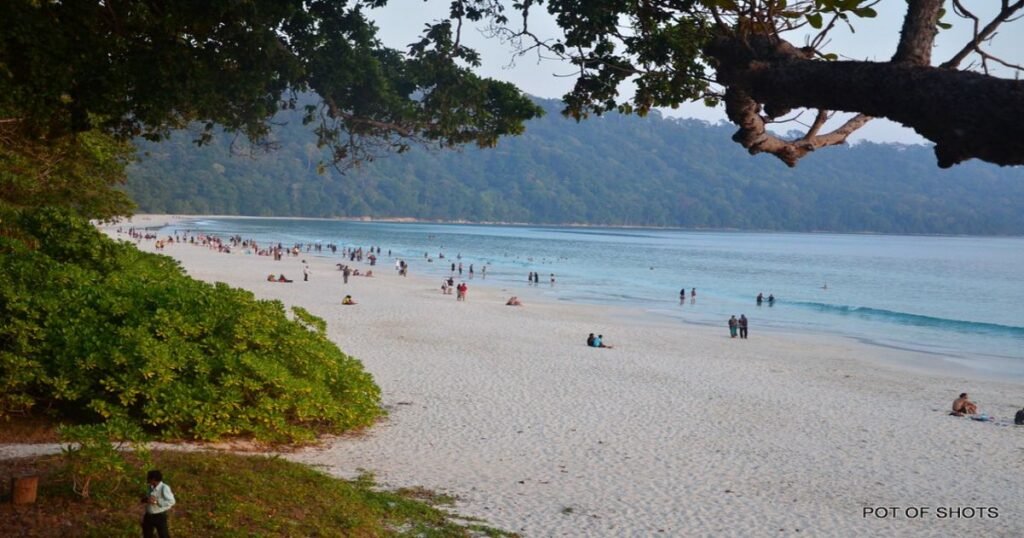
The Andaman and Nicobar Islands, an Indian Union Territory located in the way of Bengal, are a tropical paradise known for their stunning beaches, crystal-clear waters, and diverse marine life.
Historical and Cultural Significance: The islands have a complex history, with indigenous tribes, colonial influences, and significant events such as the establishment of the Cellular Jail.
Unique Features: The Andaman and Nicobar Islands are renowned for their pristine beaches, such as Radhanagar Beach and Vijay Nagar Beach, as well as their vibrant coral reefs and clear turquoise waters.
Best Time to Visit: October to April when the weather is pleasant and ideal for beach activities and water sports.
Travel Tips:
- Transportation: The islands are accessible by flights from major Indian cities like Delhi, Mumbai, and Chennai. There are also passenger ships from Chennai, Kolkata, and Vishakhapatnam.
- Accommodation: The islands offer a range of accommodations from budget to luxury resorts.
- Local Customs: Dress modestly and respect local customs. While beaches are casual, other areas, especially religious sites, may require more conservative attire.
12. Jaisalmer, Rajasthan
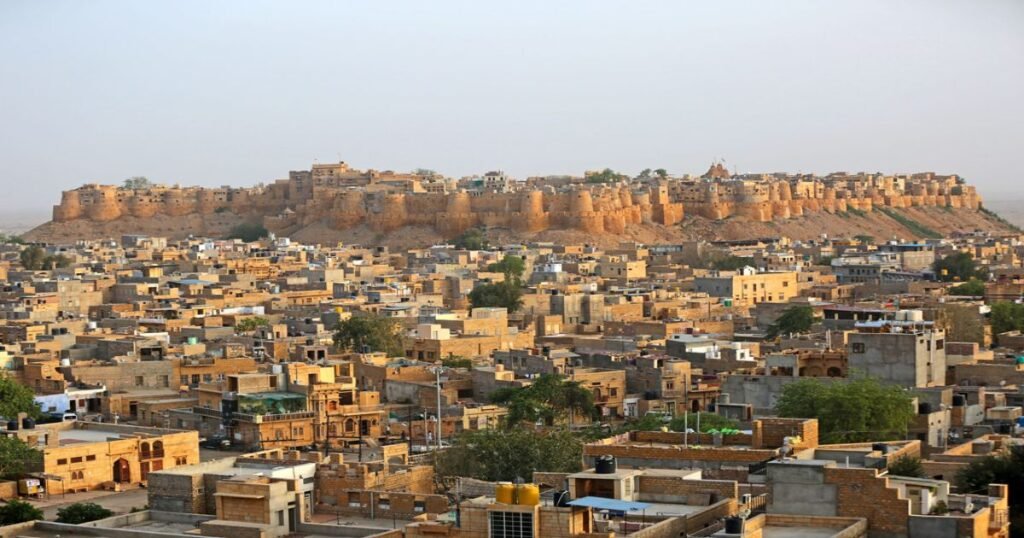
Nestled in the heart of the Thar Desert, Jaisalmer is known as the “Golden City” due to its mesmerizing yellow sandstone architecture. This historic city is home to magnificent forts, ornate havelis, and sand dunes that seem to stretch endlessly.
Historical and Cultural Significance: Jaisalmer Fort, a UNESCO World Heritage site, is one of the largest forts in the world and still houses residents within its ancient walls.
Unique Features: Jaisalmer’s distinct golden hue, its desert safari experiences, and the architectural marvels of its forts and havelis make it a unique destination.
Best Time to Visit: October to March when the desert climate is pleasant and perfect for exploring outdoor attractions.
Travel Tips:
- Transportation: Jaisalmer is accessible via train, bus, and car from major cities like Jaipur and Jodhpur. The nearest airport is in Jodhpur.
- Accommodations: Heritage hotels, desert camps, and guesthouses provide a range of options for different budgets.
- Local Customs: Respect the local traditions, particularly when visiting temples or interacting with locals. Dress modestly and be mindful of the desert environment.
13. Udaipur, Rajasthan
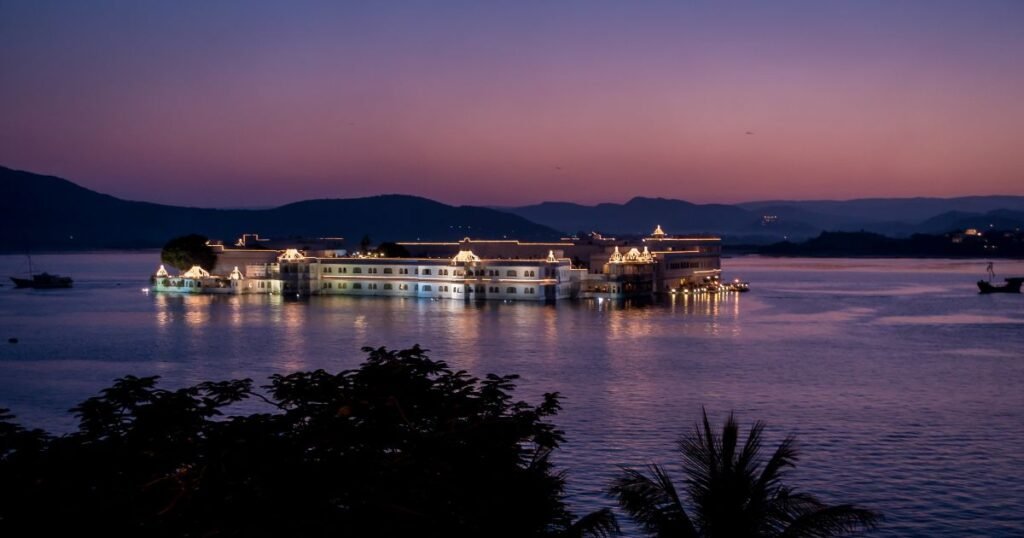
Known for its serene lakes and opulent palaces, Udaipur is one of India’s most romantic cities. Surrounded by the Aravalli Hills, Udaipur boasts a rich history and offers a stunning blend of nature and architecture.
Historical and Cultural Significance: Udaipur was founded by Maharana Udai Singh II in 1559 and served as the capital of the Mewar Kingdom.
Unique Features: Udaipur’s City Palace is the largest palace complex in Rajasthan and offers a panoramic view of the city. The floating Lake Palace, now a luxury hotel, adds to the city’s charm.
Best Time to Visit: September to March when the weather is cool and ideal for sightseeing and lake activities.
Travel Tips:
- Transportation: Udaipur is well-connected by air, road, and rail. The city’s Maharana Pratap Airport has regular flights from major cities.
- Accommodations: Choose from luxurious lakefront hotels, heritage properties, or budget guesthouses located in the old city.
- Local Customs: Udaipur is known for its rich cultural heritage, so visitors should dress conservatively when visiting temples or palaces.
14. Bodh Gaya, Bihar
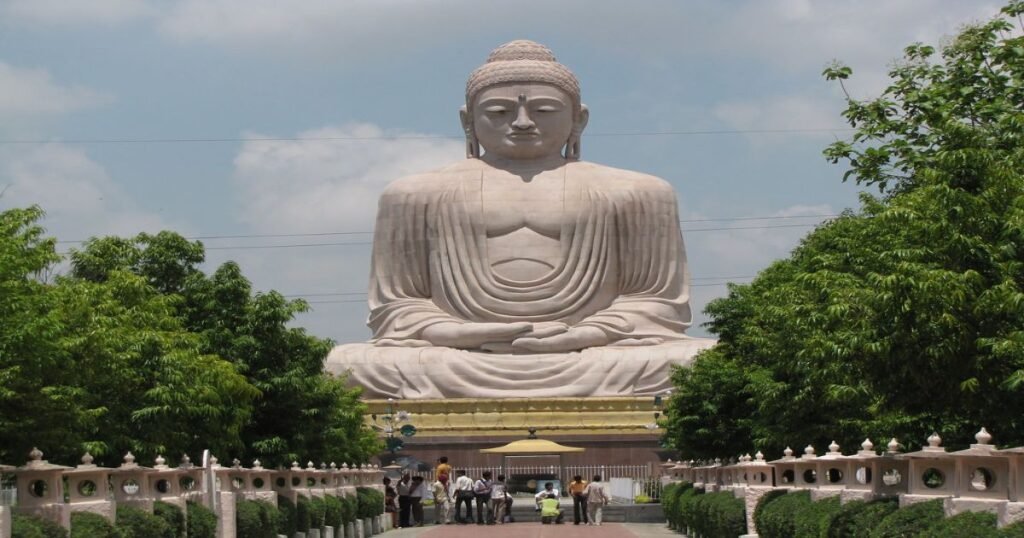
Bodh Gaya, in Bihar, is one of the most sacred places in the world for Buddhists, as it is where Siddhartha Gautama, known as the Buddha, attained enlightenment.
Historical and Cultural Significance: Bodh Gaya is home to the Mahabodhi Temple, a UNESCO World Heritage site, where Buddha is believed to have meditated under the Bodhi Tree.
Unique Features: The Bodhi Tree, under which Buddha attained enlightenment, is the key attraction here. While the original tree no longer exists, the current one is believed to be a direct descendant.
Best Time to Visit: October to March when the weather is cool and pleasant.
Travel Tips:
- Transportation: Bodh Gaya is easily accessible by air, train, and road. The nearest airport is Gaya International Airport, just 17 kilometers away. It’s well-connected by trains to major cities like Patna, Varanasi, and Delhi.
- Accommodations: From luxury hotels to budget lodgings, Bodh Gaya offers a range of accommodations, many catering to spiritual seekers and tourists alike.
- Local Customs: Bodh Gaya is a deeply spiritual town, so visitors should dress conservatively and maintain a quiet demeanor, particularly within the Mahabodhi Temple complex.
15. Kashmir
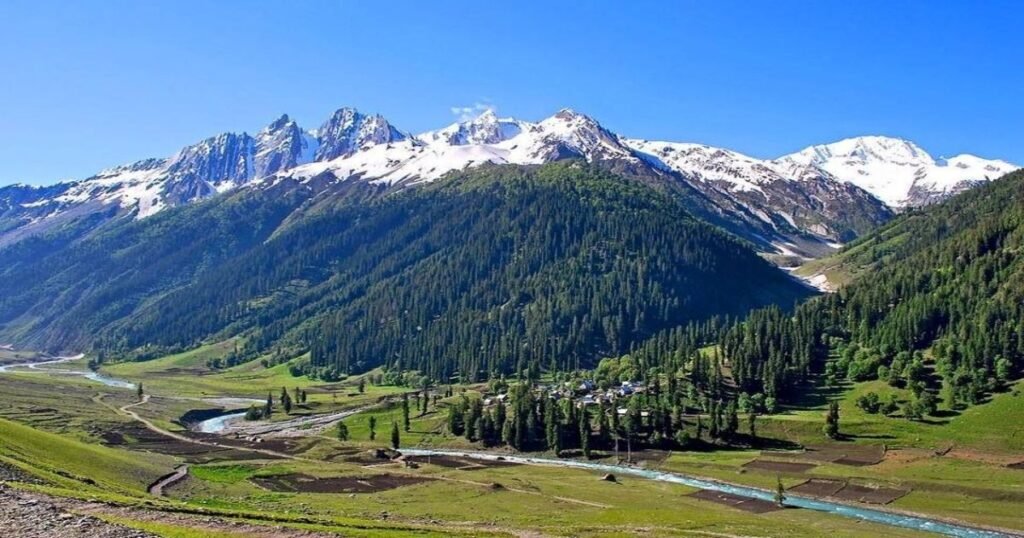
Known as “Paradise on Earth,” Kashmir is famous for its breathtaking natural beauty, with snow-capped mountains, lush valleys, serene lakes, and vibrant gardens.
Historical and Cultural Significance: Historically, Kashmir has been an important center for various empires and cultures, including Hinduism, Buddhism, and Islam. The houseboats on Dal Lake and the shikaras (traditional wooden boats) offer a glimpse into the region’s unique way of life.
Unique Features: Kashmir’s enchanting beauty lies in its stunning natural surroundings, including the famous Dal Lake in Srinagar, the majestic Gulmarg meadows, and the Betaab Valley.
Best Time to Visit: March to October for sightseeing and houseboat stays. December to February for snow or winter sports.
Travel Tips:
- Transportation: The nearest airport is in Srinagar, with regular flights from Delhi, Mumbai, and other major cities. Kashmir is also accessible by road from Jammu via the scenic Jammu-Srinagar Highway.
- Accommodations: Kashmir offers a variety of accommodation options, from luxury houseboats on Dal Lake to boutique hotels and resorts in Pahalgam and Gulmarg.
- Local Customs: Kashmir is predominantly Muslim, so dressing modestly is recommended. Be respectful of local customs, especially during prayer times and in mosques.
Also Read: Top 15 Adventure Destinations in India
Conclusion
India is a land of incredible diversity, where each region offers its own unique blend of history, culture, architecture, and natural beauty.
From the majestic forts of Rajasthan to the serene backwaters of Kerala, the country’s tourist attractions are as varied as they are mesmerizing.
Whether you’re drawn to the ancient temples, vibrant cities, or peaceful landscapes, India promises an unforgettable journey filled with rich cultural experiences and awe-inspiring sights.
This guide has only scratched the surface of the multitude of wonders India has to offer, making it a destination that invites return visits time and again.
FAQs
1. What is India’s tourism rank?
According to the Travel and Tourism Development Index (TTDI) 2024 report by the World Economic Forum (WEF), India is ranked 39th among 119 countries. This is a significant improvement from its 54th position in the 2021 index.
2. What is the best time to visit India for tourism?
The best time to visit India depends on your interests. For summer activities and sightseeing, visit between June and September. For winter sports, December to March is ideal.
3. Where can I travel for 3 days?
Shimla in Himachal Pradesh is perfect for a 3-day trip, offering cool weather, colonial architecture, scenic views, and activities like trekking and toy train rides.
4. Which is the No. 1 coolest place in India?
Leh-Ladakh is considered the coolest destination, literally and figuratively, with its stunning high-altitude landscapes, monasteries, and adventure activities like biking and trekking.
5. Which is the golden city of India?
Jaisalmer in Rajasthan is called the “Golden City” for its yellow sandstone architecture and the stunning Jaisalmer Fort that glows golden under the sun.
6. Which is the honeymoon capital of India?
Manali, with its snow-capped mountains, lush valleys, and cozy resorts, is often referred to as the honeymoon capital of India.
7. What is India’s coldest city?
Dras in Ladakh is India’s coldest city, with winter temperatures dropping as low as -45°C, making it one of the coldest inhabited places on Earth.
8. Which city is called Pink City?
Jaipur, Rajasthan’s capital, is called the Pink City due to the distinct terracotta pink hue of its historic buildings.
9. Which city is called the Blue City?
Jodhpur in Rajasthan is called the Blue City for its striking blue-painted houses near the Mehrangarh Fort, creating a unique and vibrant skyline.
10. Which is the red city of India?
Jaipur is sometimes referred to as the Red City due to its red sandstone buildings, though its official moniker is the Pink City.
11. Where is the honeymoon island in India?
Havelock Island in the Andaman and Nicobar Islands is a popular honeymoon destination with its pristine beaches, coral reefs, and serene ambiance.
12. What is India’s traditional food?
India’s traditional food varies by region, but dishes like biryani, litti chokha, dosa, samosa, dal makhani, and chai are iconic. Each state offers unique flavors and preparation
13. How can I travel between different tourist destinations in India?
India has a well-developed transportation network that includes domestic flights, trains, and buses. For shorter distances, taxis and car rentals are also available.
14. How many tourist attractions are there in India?
India boasts a vast array of tourist attractions, with over 1700 sites drawing both domestic and international visitors. These include 42 UNESCO World Heritage Sites, showcasing India’s rich cultural and natural heritage.
15. Which is the most visited state of India?
Uttar Pradesh is the most visited state in India in 2024 with 471.6 million tourists between January and September. Other top-visited states in India include Tamil Nadu, Andhra Pradesh, Karnataka, Maharashtra, Telangana, Punjab, and Madhya Pradesh.
16. What are the man-made attractions in India?
India boasts numerous man-made attractions like the Taj Mahal, Red Fort, Qutub Minar, and Golden Temple. These historical monuments, religious sites, and other structures showcase India’s rich history, architectural brilliance, and diverse cultural heritage.
17. Is it safe to travel to India?
India is generally safe for tourists, but it’s important to take common travel precautions. Avoid isolated areas at night, be cautious with your belongings, and use registered taxis or rideshare services when traveling.

